Fitbit Sense REVIEW
Summary
Fitbit Sense REVIEW
9/10
The latest Fitbit smart fitness watch is bulging with cool features that even that lazy bastard PAT PILCHER finds utterly enticing.
$579.95
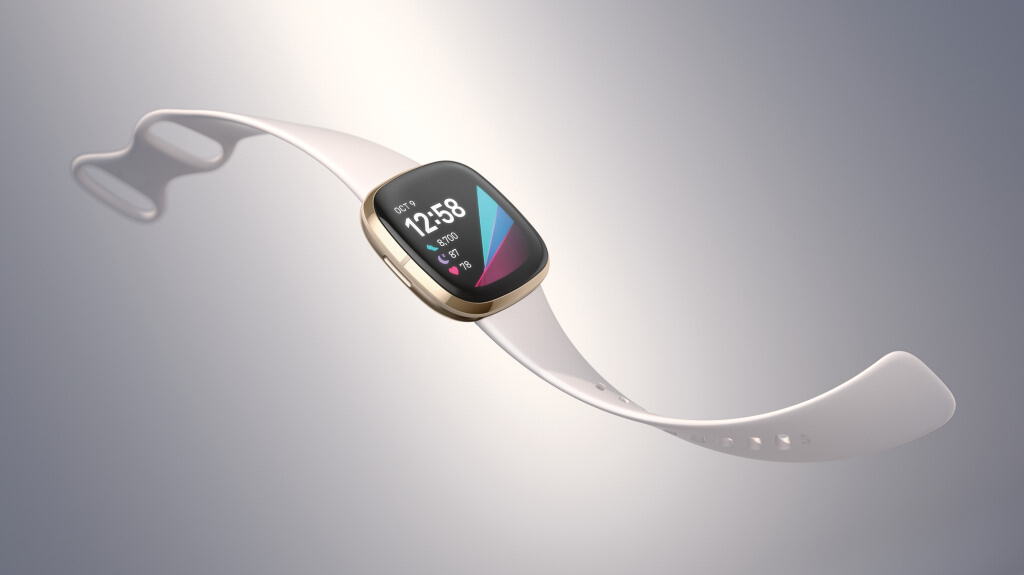
Would you like to support our mission to bring intelligence, insight and great writing to entertainment journalism? Help to pay for the coffee that keeps our brains working and fingers typing just for you. Witchdoctor, entertainment for grownups. Your one-off (or monthly) $5 or $10 donation will support Witchdoctor.co.nz. and help us keep producing quality content. It’s really easy to donate, just click the ‘Become a supporter’ button below.
When it comes to exercise, I take a lot of pride in the effort I take to stay in shape. For instance, I’m always looking to beat my personal best for lifted pints, and the number of chip packets torn open. Thankfully, many others take this whole fitness thing a lot more seriously than I do. Even better still, they can keep track of all things fitness-related with relative ease thanks to Fitbit’s latest wearable, the Fitbit Sense.
The Sense is positively bulging with health/fitness tracking capabilities and a tonne of other features besides. I’d go as far as to say that it is easily the most advanced Fitbit wearable to date. This is no accident. The wearable market is advancing at a fierce pace. ECG monitors and a raft of other capabilities are appearing on other wearables, all of which aim to keep you in the loop about your fitness level and potential health issues.
Design-wise, the Fitbit Sense looks a lot like the Fitbit Versa 2. It’s crafted out of the same alloy and glass materials and feels exceptionally well-built. Its 1.58-inch square AMOLED display is both bright and vivid, making it usable under direct sunlight. That said, a bezel still surrounds the display.
Keeping things water-resistant (the Sense is rated to 5ATM), the button on its left-hand side is a touch-sensitive doodad instead of a physical button. This time around, it works as a home button, not a back button as with earlier Fitbits (you can customise its long-press function, however). The whole idea of inductive buttons makes a lot of sense in that it improves water resistance and is one less moving part to fail. On a less positive note, the button sits low on the Sense. Because of this, I sometimes found myself activating it accidentally by flexing my wrist.
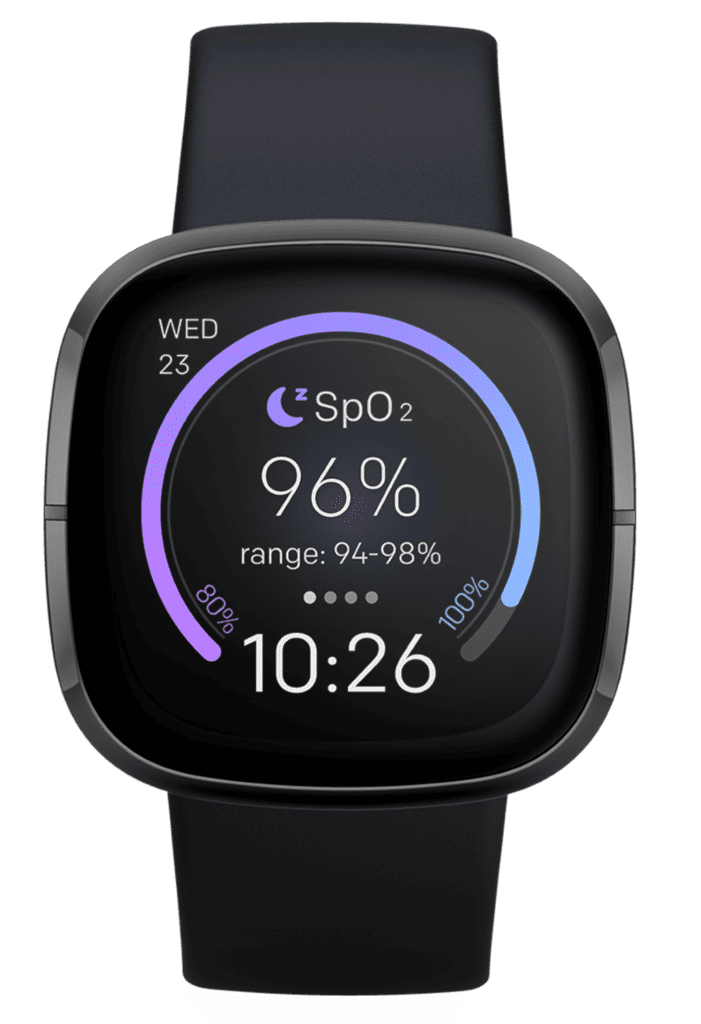
One area the Fitbit Sense shines is in its battery life. With most smartwatches inevitably compared to the Apple Watch, battery life is where Fitbit has it over Apple in spades. Where the Apple watch needs charging nightly, I managed to get an impressive six days per charge when I didn’t use its GPS or overuse a lot of its health sensor functions.
The Sense’s fast charger is also a significant improvement over earlier Fitbit efforts. The fiddly cradles used with the Versa/Ionic and other Fitbit gear have been replaced by a simple magnetic charger that literally self-attaches into place. Best of all, it charges the Sense from flat to 80 percent in just 30-40 minutes.
When I say that the Sense is Fitbit’s most advanced watch to date, I’m not kidding. In addition to the usual pedometer you’d expect on a fitness-tracking smartwatch, the Sense has a lot of other tricks up its sleeve. These include EDA, ECG, and skin temperature sensors. The EDA sensor is an electrodermal activity sensor. It works by passing an electrical current through your skin, measuring sweat levels. When combined with heart rate tracking (the intervals between each heartbeat), it gives a measure of stress levels. Using the EDA sensor is a doddle. Firing up the EDA app, I placed my hand over the Sense’s display, making sure it was touching the stainless steel frame around the screen. After two minutes or so, the Sense vibrates to let you know measurements are complete and you get a score showing your current stress levels. A plain English “this is what the score means” would be a useful accompaniment, but then you can only fit so much info on the smallish screen.
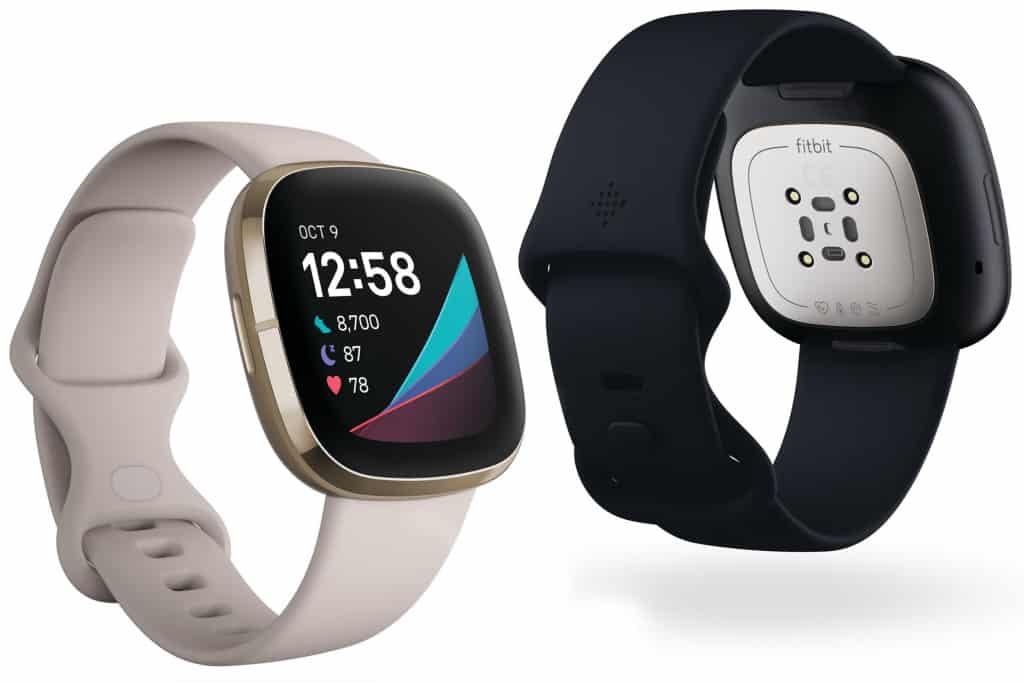
Then there’s the obligatory ECG monitor for more accurately monitoring heart activity. It can (in theory) detect issues such as atrial fibrillation (which I suffer from). As has been the case with so many other wearables in NZ, Fitbit is still awaiting medical clearance for ECG functionality. Here’s hoping the Ministry of Health can get its shit together. As well as Fitbit, there’s a load of other wearable brands all lined up and waiting. Now there are far too many wearables with their ECG functionality disabled in NZ.
Then there’s the temperature sensor, which records your skin temperature at night. This is compared to what it has determined is your baseline (which is measured over three nights when you first set up the Sense). It’s a smart move. Temperature changes can provide a quick at-a-glance way of finding out if you’re unwell. Amazingly, this is unique to Fitbit. Here’s betting that other wearable vendors follow suit with subsequent product releases.
Like so many other wearables, the Sense can measure blood oxygen levels via a SpO2 sensor. Where it differs is that it tracks your levels overnight to highlight any sleep-related breathing issues. As good as that sounds, there’s a gotcha. Because the Sense’s SpO2 sensor isn’t medically rated, low SpO2 readings cannot be classified as sleep apnea.
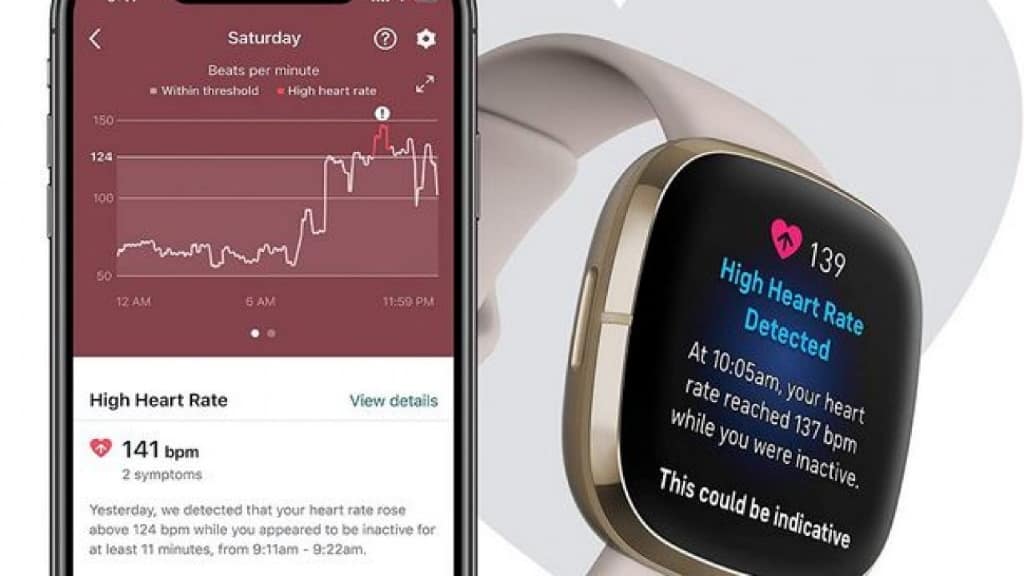
The Sense also did a great job tracking my sleep. Much like Huawei’s wearable, the Sense splits sleep time into light, deep, and REM sleep to give a sleep score out of 100 points. These get based on heart rate, time awake, breathing and several other factors.
There’s also a new heart rate sensor and tracking algorithm. Fitbit calls it PurePulse 2.0 technology and says it’ll provide more accurate heart rate data. It’ll also alert you if your heart rate ever gets too high (or too low). Part and parcel of the Sense’s heart rate tracking are what Fitbit calls “Active Zone Minutes”. They are an easy to understand way of hitting the recommended 150 minutes of cardio activity per week and provide an easy to understand, at-a-glance overview of your activity levels. Female users might also find the Sense’s Menstrual cycle tracking useful too. Being a bloke, I wasn’t plumbed correctly to test this feature out.
If all that wasn’t enough in the features department, the Sense also supports Amazon’s Alexa. She can be activated by a long press on the side button, which is handy when you want to get a weather forecast as you’re heading out the door. I also found it dead convenient for controlling the various Sonos music players and Philips hue lightbulbs throughout my house. Alexa on the Sense felt a little sluggish compared to the Echo Show/Echo Studio units I use around my house. Still, given the limited processing power available, this is understandable.
Fitbit has you covered on the music front too. The Sense has 2.5GB of storage for music (which translates into around 500 low-bitrate Mp3 tracks), and support for Pandora, Deezer, and Spotify. (Note: Pandora is unavailable in NZ). Music can be played over paired wireless cans/speakers. Add to this support for contactless payments (if you’re an ASB customer), and the Sense plus a pair of wireless buds are all the tech you’ll need when on the run.
App selection in the Fitbit App Gallery has improved too. Still, as so many other reviewers have already pointed out, it’s miles behind the Apple Watch, Wear OS, and Tizen. The reality is, however, that at least 95 percent of the apps in those brands’ app stores are crapware, and the remaining 5 percent are already installed on the Sense.
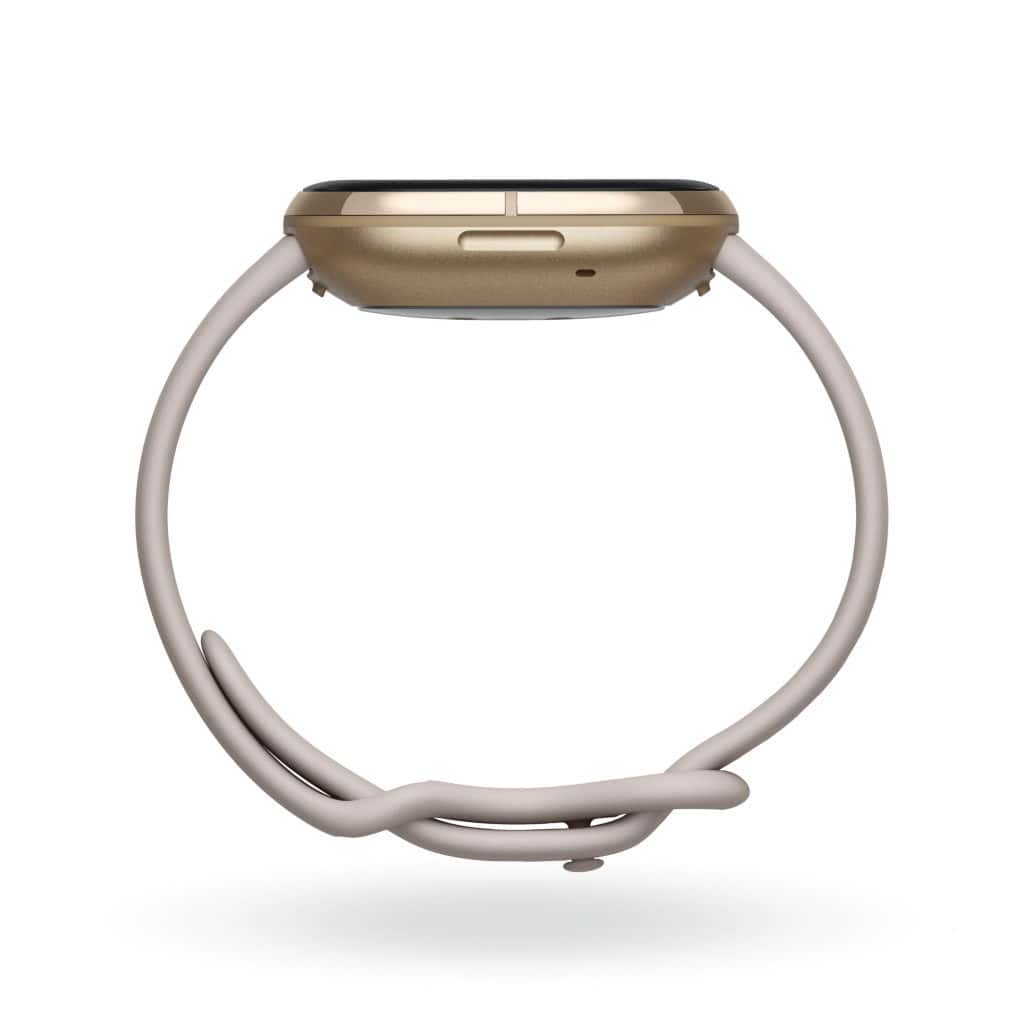
Overall, I’m impressed with the Sense. It’s a genuine leap forward for Fitbit. Great design and a solid build make it a pleasure to wear. Adding such a comprehensive suite of health tracking capabilities makes it a compelling option for all – not just sport Billy’s and Belinda’s.
Fitbit still has a few kinks to work out, but these are minor and appear to be being addressed on a one-by-one basis via software updates. All told, the Sense is easily the best smartwatch from Fitbit so far.
https://www.fitbit.com/nz/shop/sense
Tech specs
Display: 1.58-inch touchscreen AMOLED
Resolution: 336 x 336 resolution, 1,000 nits
Chassis: Aluminium/stainless steel and Corning Gorilla Glass 3
Battery Smartwatch mode: 6+ days
Battery: Lithium-polymer
Memory: 4GB (2.5GB available for music storage)
Step tracking: 7 days of motion data, daily totals for past 30 days
HR data at 1-second intervals during exercise, 5-second intervals all other times
Sensors: ECG & EDA, Skin temperature, Optical heart rate sensor
Navigation: GPS + GLONASS
Additional sensors: Gyroscope, Altimeter, 3-axis accelerometer, Ambient light sensor
Connectivity: Wi-Fi (802.11b/g/n 2.4GHz), NFC
Communications: Speaker/Mic
Water resistance: 5ATM
Dimensions: 40.48 x 40.48 x 12.35mm, 45.9-48.2g



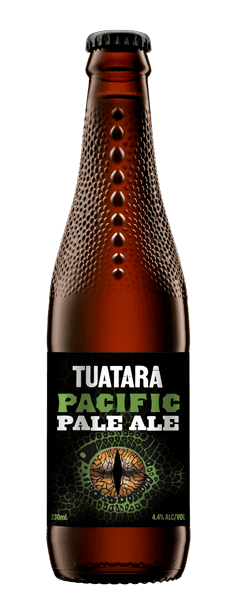
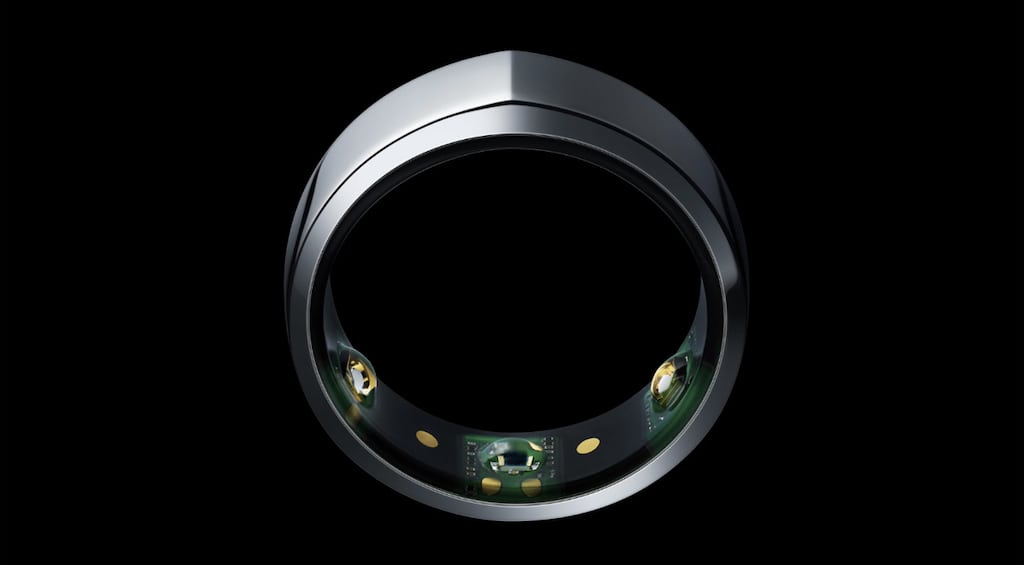
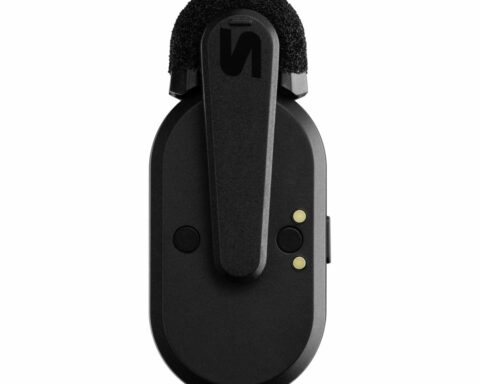
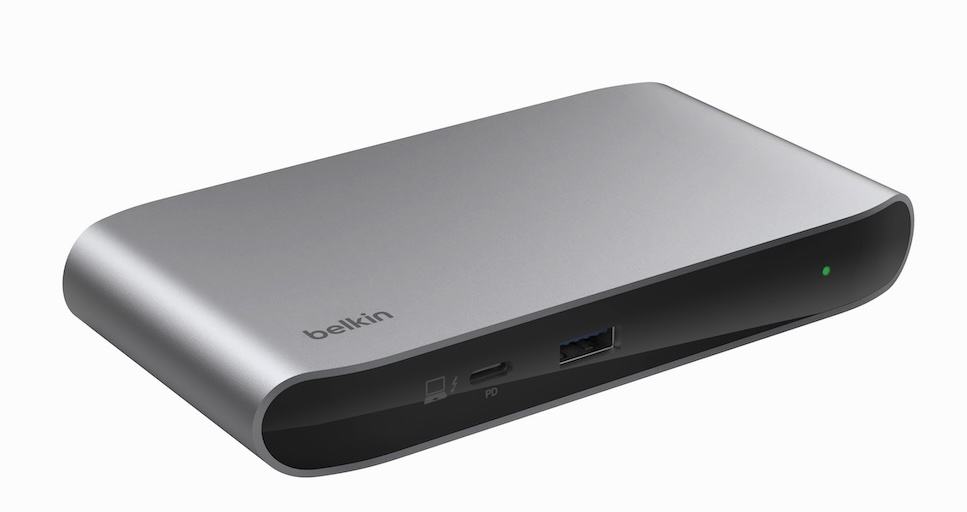
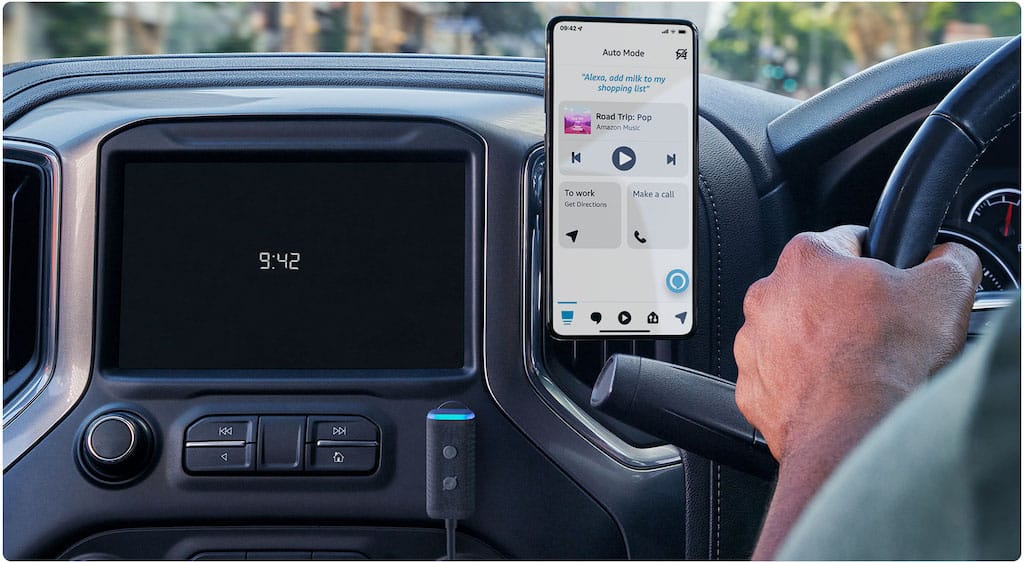
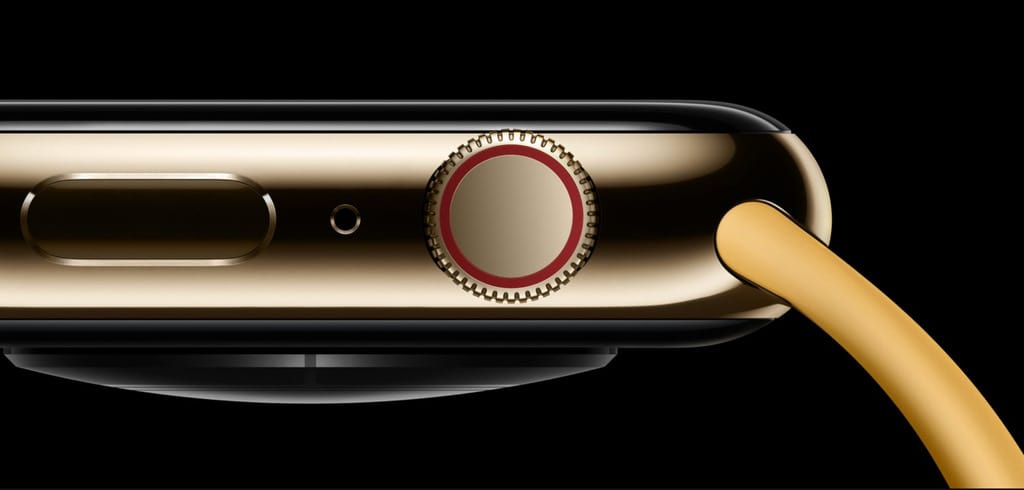
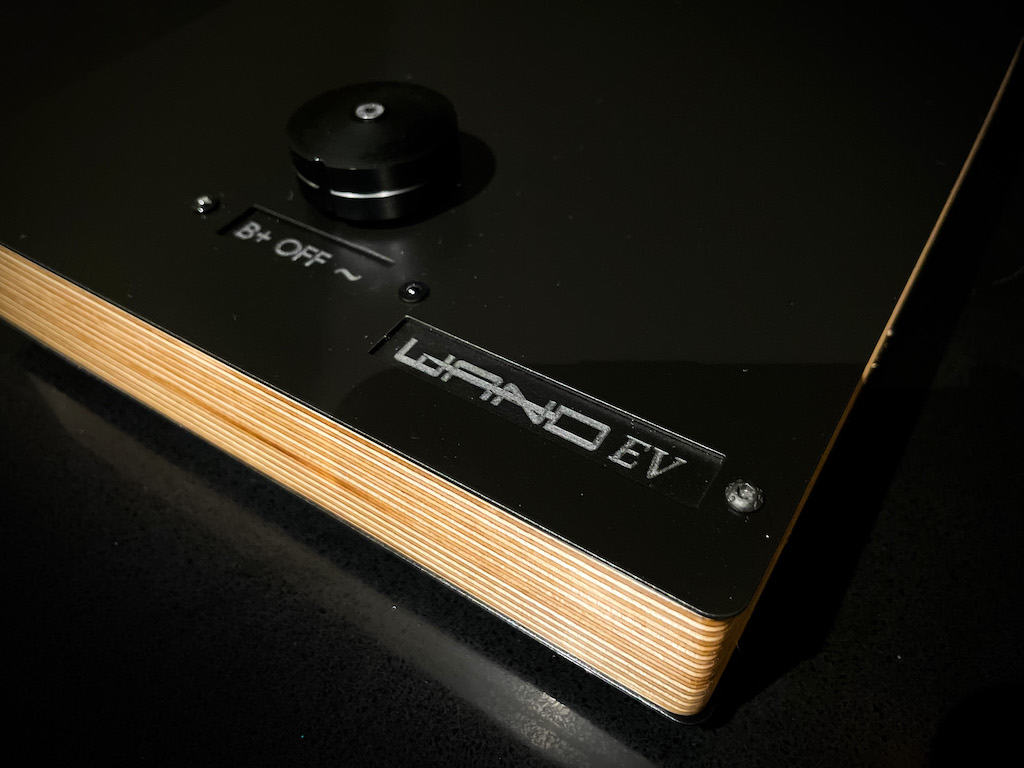

Or, you can just live your life and not worry about all this crap you (usually) don’t need to know. Can’t see myself getting one these ever.